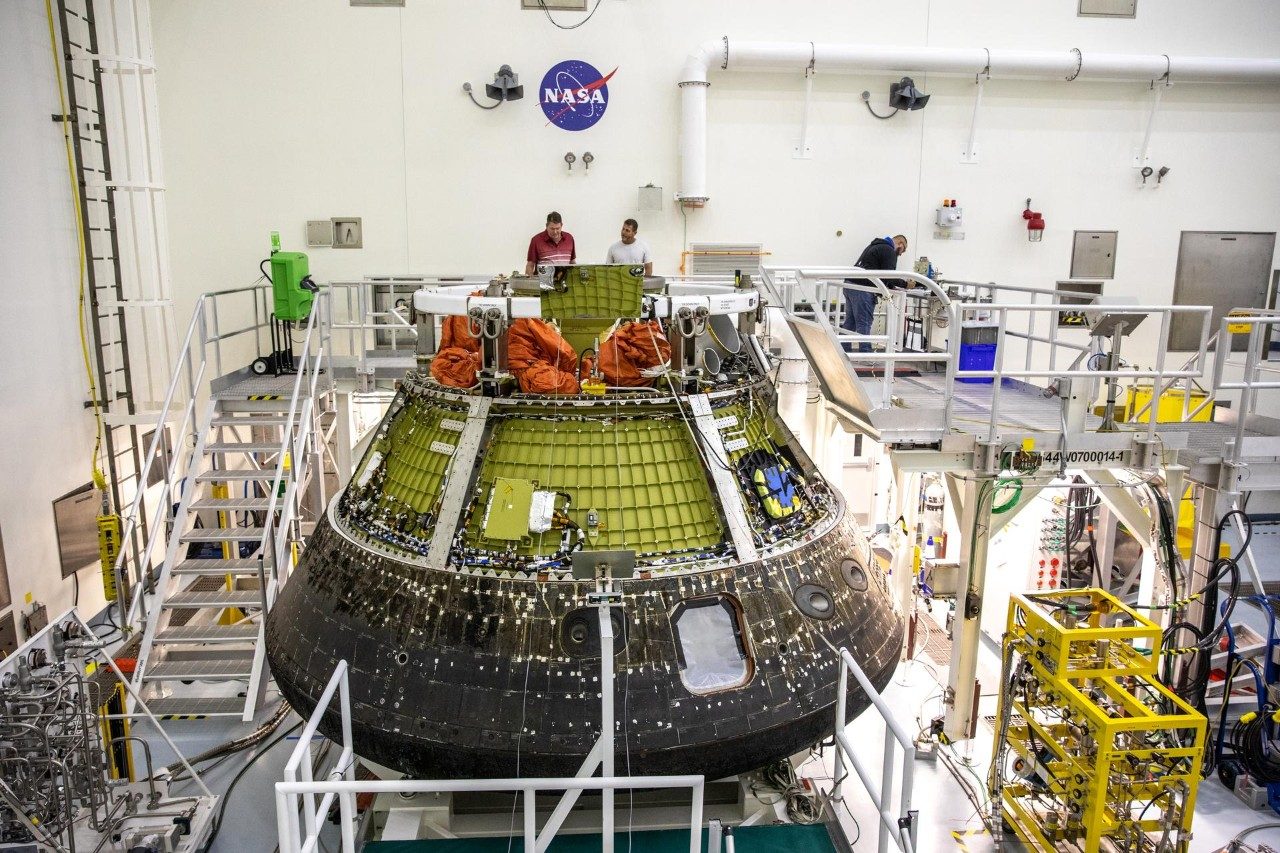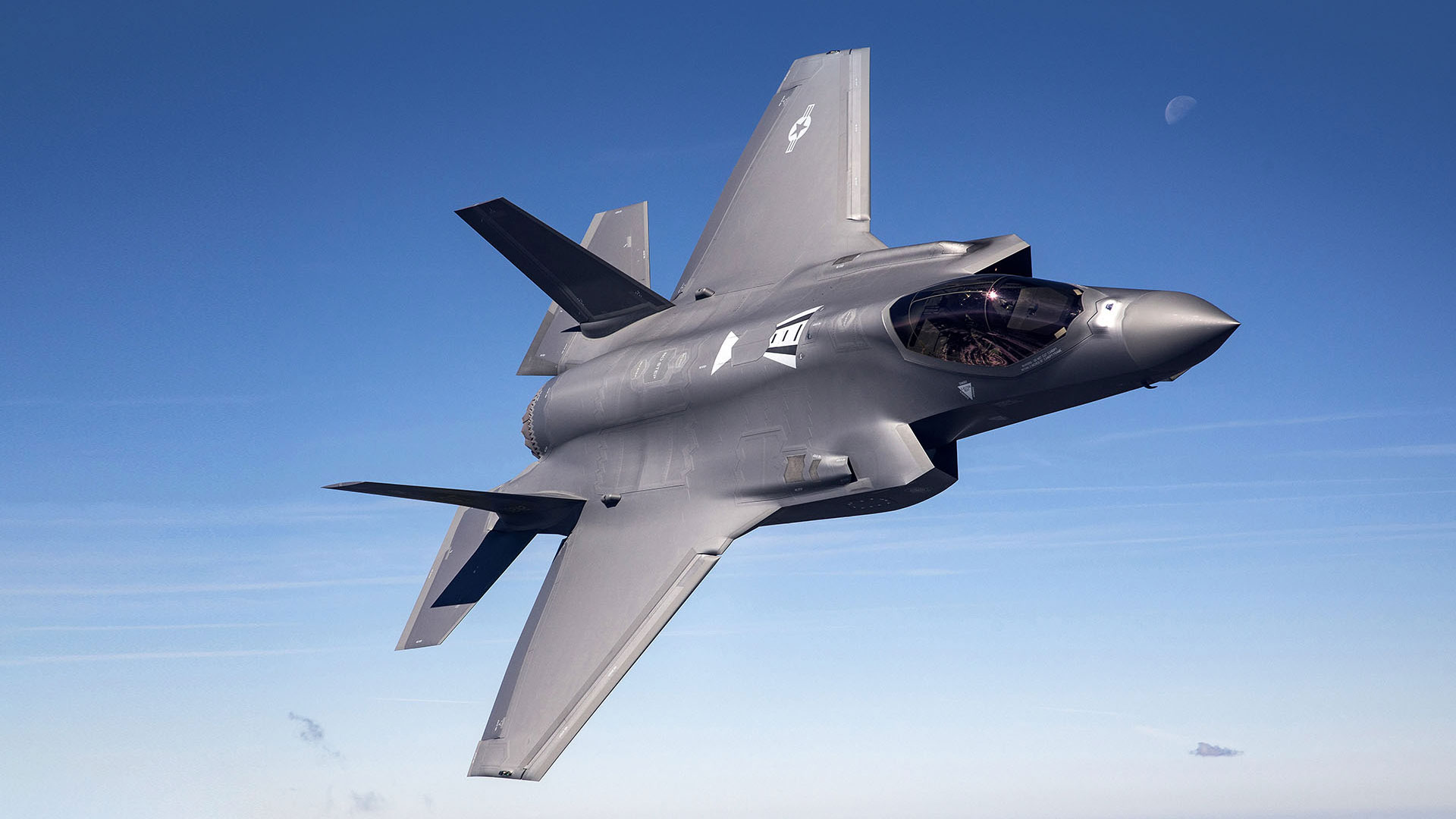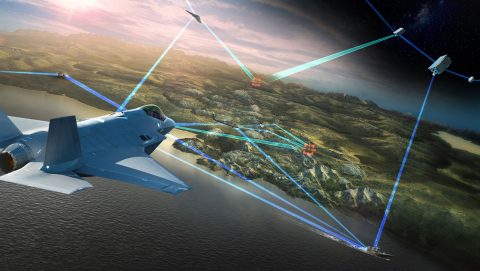Exploring Commercial Services for Orion
A Path to Increased Efficiency and Cost Savings
The Orion spacecraft is humanity's only exploration-class vehicle designed and built to take humans to the Moon, on to Mars and farther than we have ever gone before. With NASA's Artemis II launch and third flight of Orion on the horizon – the first with crew onboard – Lockheed Martin is examining ways to continue minimizing costs while increasing efficiency in Orion’s production and operations.
We believe that transitioning to a firm fixed-price industry-led services model could expedite such reductions and streamline operations through commercial oversight practices.
Preliminary studies and discussions with industry partners and stakeholders are underway to assess the feasibility and requirements of providing Orion as a service. Ultimately, the goal is to provide a safe, reliable and more sustainable approach to lunar exploration.
"It’s clear to us that Artemis missions need to be more cost effective and efficient,” said Kirk Shireman, Lockheed Martin’s vice president and program manager for Orion. “Industry needs to take steps to enable NASA to sustain Artemis, while investing in future deep space human exploration systems and technologies."

Phased Approach to Implementation
The FY26 President’s Budget Request proposes the transition to commercial transportation services for later Artemis missions to improve cost effectiveness and cadence of access to the Moon while fostering industry leadership.
We're looking at a phased implementation to this approach starting with infrastructure work, such as crew module recovery after splashdown, post-mission de-servicing for quicker reuse, payload and cargo management and pre-launch Orion fueling, vehicle closeouts and Launch Abort System integration. These labor-intensive activities require minimal engineering development and government oversight and are well-suited for a commercial services model.
We would then aim to increase those activities to the point of actually building future Orion spacecraft under a firm fixed-price contract and delivering the overall capability as a full commercial, industry-led service – similar to NASA’s Commercial Crew Program for the ISS.
The Orion development contract winds down capsule design with Artemis II. Building spacecraft for Artemis III and beyond falls under the Orion production and operations contract. That contract moves to firm fixed price in later missions and focuses on cost reduction and efficiency through reuse. We have already made significant progress in reducing costs on these missions. Artemis V will cost less than 50% of Artemis II, with another 30% savings expected by Artemis VIII.
Building on Experience
As we explore a services model for Orion, we're building on our existing experience with fixed-price contracts. In fact, 60% of Lockheed Martin’s total sales last year were fixed price. We have implemented multiple contracts for NASA as services offerings, including the Orion Exploration Flight Test 1 (EFT-1) mission, other commercial bids and a recent offering for Mars Sample Return. We have also successfully executed decades of cost-capped planetary missions—even underrunning and returning money to NASA on several of these deep space science missions.
Leveraging this experience to meet the evolving needs of space exploration, we can make Artemis more sustainable and enable NASA to invest in future deep space exploration efforts that ultimately accelerate the path to Mars.




